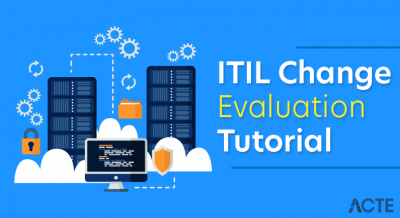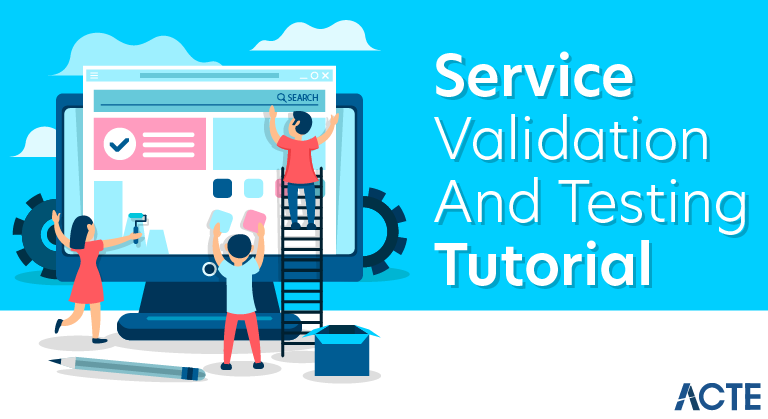
Purpose of Service Validation and Testing
The main purpose of the service validation and testing is to make sure that the IT service which has been newly implemented or modified matches its design specification and adequately meets the needs of the business.
Objectives of Service Validation and Testing
The objectives of service validation and testing are:
- It provides confidence that a release will result in the creation of a new service or change the existing service, which in turn delivers the outcomes as expected.
- It also delivers optimum value for the customers within the projected costs and the capacity and constraints available at that time.
- The process validates that a service is ‘fit’ for its purpose and that it will deliver the necessary utility.
- It provides a guarantee that a particular service is ‘fit for use’ and that it will deliver as per the warranty which has been agreed upon.
- It provides a confirmation that the requirements of the customer and stakeholder are correctly identified and defined.
- The process also helps to identify, analyze and solve the issues, problems, and risks which occur throughout the service transition process.
Scope of Service Validation and Testing
Service validation and testing has a wide scope in the industry.
- Service validation and testing can be applied throughout the service lifecycle in order to provide assurance about the quality of any aspect of a service.
- It also provides an assurance of the service provider’s capability, resources and capacity to deliver or release a service successfully.
- Service testing can also be applied to services, hardware or knowledge-based services developed in-house.
- It involves testing of the service components which have been newly introduced or changed and examines their behavior in a business unit, service unit or deployment group.
Value of Service Validation and Testing
The biggest value that service testing and validation provides is that it gives the businesses and customers, confidence that a service will deliver the required value as it has been tested and validated. It also provides them with an understanding of the risks involved.
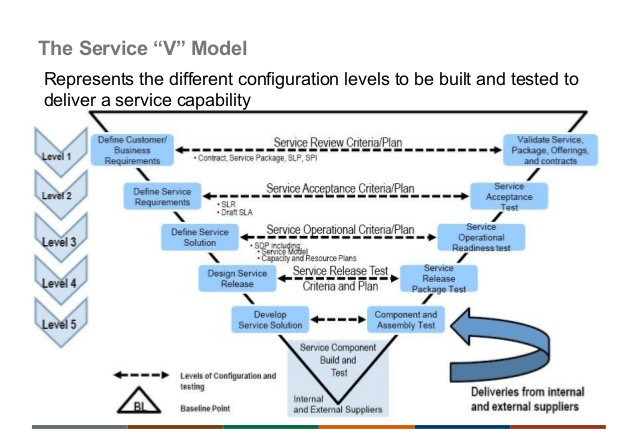
Principles of Service Validation and Testing
The typical policy statements of service validation and testing include the following.
- All the tests for service validation must be designed and carried out by the people who haven’t been involved in the design and development activities for the service.
- The criteria for passing/failing of the test should be documented in an SDP in advance before the start of any testing.
- Each test environment should be restored to an earlier known state before starting the test.
- Service validation and testing need to create, catalog and maintain a library of test models, test cases, test data and test scripts which can be re-used.
- A risk-based testing approach should be adopted to reduce the risk to the service and customer’s business.
Process Activities of Service Validation and Testing
The process activities do not take place in a sequence, and several activities can take place in parallel. The activities in this process are:
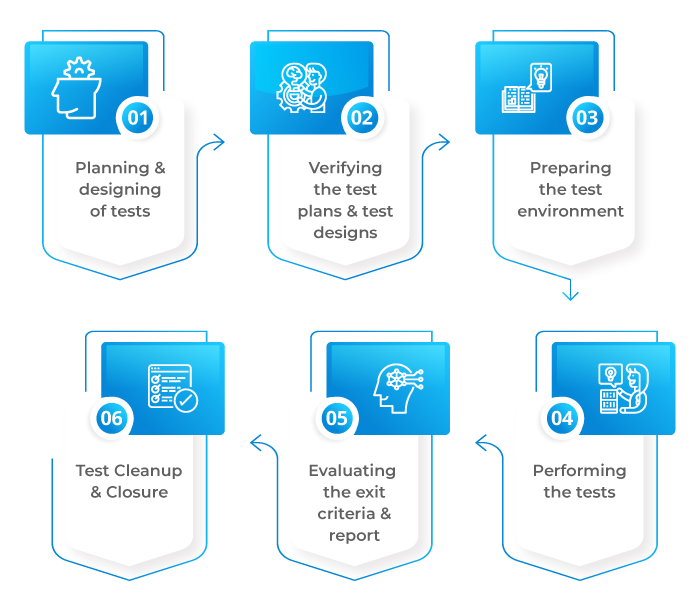
- Planning and designing of tests
- Verifying the test plans and test designs
- Preparing the test environment
- Performing the tests
- Evaluating the exit criteria and report
- Test clean up and closure
Challenges of Service Validation and Testing
The challenges faced are:
- A lack of respect and understanding for the testing role
- A lack of available funding for the testing process
Risks of Service Validation and Testing
The following risks are involved in service validation and testing:
- Objectives and expectations can be unclear at times
- There can be a lack of understanding of the risks involved, which results in testing that is not targeted at critical elements.
- Shortage of resources can introduce delays and have an impact on other service transitions.
Service Validation and testing thus delivers the expected outcomes and the optimum value for the customers. By validating that a process is ‘fit,’ it ensures that the necessary utilities are delivered. An additional benefit of service validation and testing is its ability to identify, analyze and solve the issues, problems, and risks which occur throughout the service transition process.
Scope of the Service Validation and Testing Process
The service provider takes responsibility for delivering, operating and/or maintaining customer or service assets at specified levels of warranty, under a service agreement.
The scope of the Service Validation and Testing Process are:
- Service Validation and Testing can be applied throughout the service lifecycle to quality assure any aspect of the service and the service providers’ capability, resources and capacity to deliver a service and/or service release successfully.
- In order to validate and test an end-to-end service the interfaces to suppliers, customers and partners are important. Service provider interface definitions define the boundaries of the service to be tested, e.g., process interfaces and organizational interfaces.
- Testing is equally applicable to in-house or developed services, hardware, software or knowledge-based services. It includes the testing of new or changed services or service components and examines the behavior of these in the target business unit, service unit, deployment group or environment. This environment could have aspects outside the control of the service provider, e.g., public networks, user skill levels or customer assets.
- Testing directly supports the release and deployment process by ensuring that appropriate levels of testing are performed during the release, build and deployment activities.
- It evaluates the detailed service models to ensure that they are fit for purpose and fit for use before being authorized to enter Service Operations, through the service catalog. The output from testing is used by the evaluation process to provide the information on whether the service is independently judged to be delivering the service performance with an acceptable risk profile.
Service Validation and Testing Benefits:
benefits of adopting the Service Validation & Testing process:
- Ensures the quality of the deployed or developed Service meets the customer expectation.
- Reduce Service related incidents through thorough testing
- Ensures that the Service Desk Team has adequate knowledge to understand the service related issue.
- Reduces the efforts of troubleshooting of Service related problems in the live environment.
- Indirectly reduces costs by reducing the bugs before service is implemented.
- Ensures that user can use the service easily, hence increases the intrinsic value of services.
Service Validation and Testing Activities:
There are a number of activities that are performed under the ITIL Service Validation and Testing, these include:
Validation and Test Management – This consists of planning, managing, controlling, and reporting on the activities that have been carried out to ensure the quality/fitness of the release.
Planning and Design – The test planning & design activities take place early on within the Service Lifecycle. These activities are related to resources, supporting services, and scheduling milestones for delivery & acceptance.
Verification of Test Plan and Design – Ensures that all test plans and designs (test models) are validated to ensure their completeness. Test models are also verified in order to minimize the risks to the service.
Preparation of the Test Environment – This refers to the preparation and establishing a baseline of the test environment.
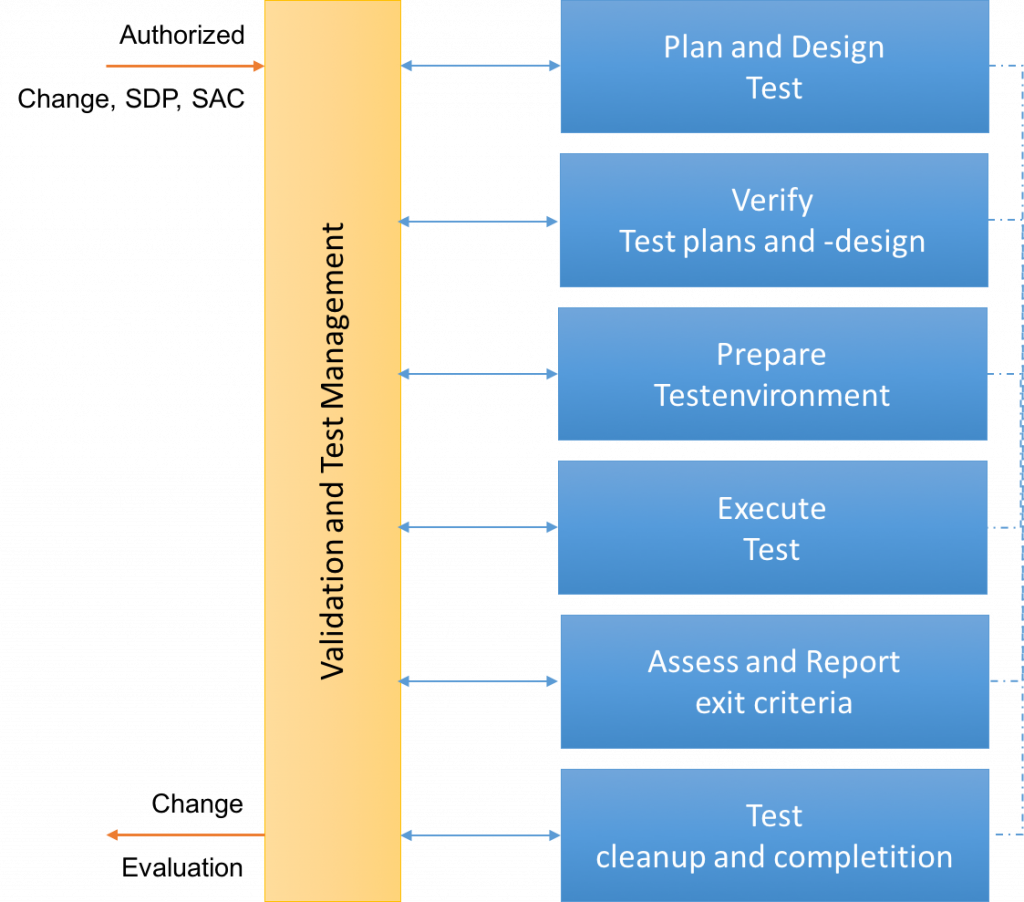
Testing – This is the means of doing thorough Testing by using both manual or automated testing techniques and procedures. All the results from the testing are documented in the test register.
Evaluate Exit Criteria and Report – Here the documented records of test register are compared with the projected/expected results.
Clean up and Closure – This ensures that the test environments are reset to their default environment after completion of validation and testing procedures. It also suggests documenting all the knowledge learned throughout the process for future reference and improvement.
Important Terminologies & Definitions:
Service Level Package (SLP):
- Service Level Package (SDP) is a defined level of Utility and Warranty for a particular Service Package.
- Each SLP is designed to meet the needs of a particular Pattern of Business Activity (PBA).
- SLPs are associated with a set of service levels, pricing policies, and a core service package.
Service Design Package (SDP):
- The Service Design Package (SDP) contains the core documentation of a service and is attached to its entry in the ITIL Service Portfolio.
- It is defined upon the Service Level Requirements and specifies the requirements from the viewpoint of the client.
- It also defines how these requirements would actually be fulfilled from a technical and organizational point of view.
- Service Design Package (SDP) is an important input for ITIL Service Validation and Testing.
Development/ Installation QA Documentation:
- This is a documentation of tests and quality assurance measures applied during the development or installation of services, systems and service components (e.g. component tests, code walk-through etc).
- A complete Development/ Installation Quality Assurance (QA) Documentation ensures that the required QA measures were tested before transferring a release component back to release Management.
Test Model:
- A Test Model is created during the Release planning phase to specify the testing approach to be used before deploying the Release into the live environment.
- It is an important input for the Project Plan, And most importantly, this document defines the required test scripts and the quality assurance checkpoints a service needs to pass during the Release deployment.




